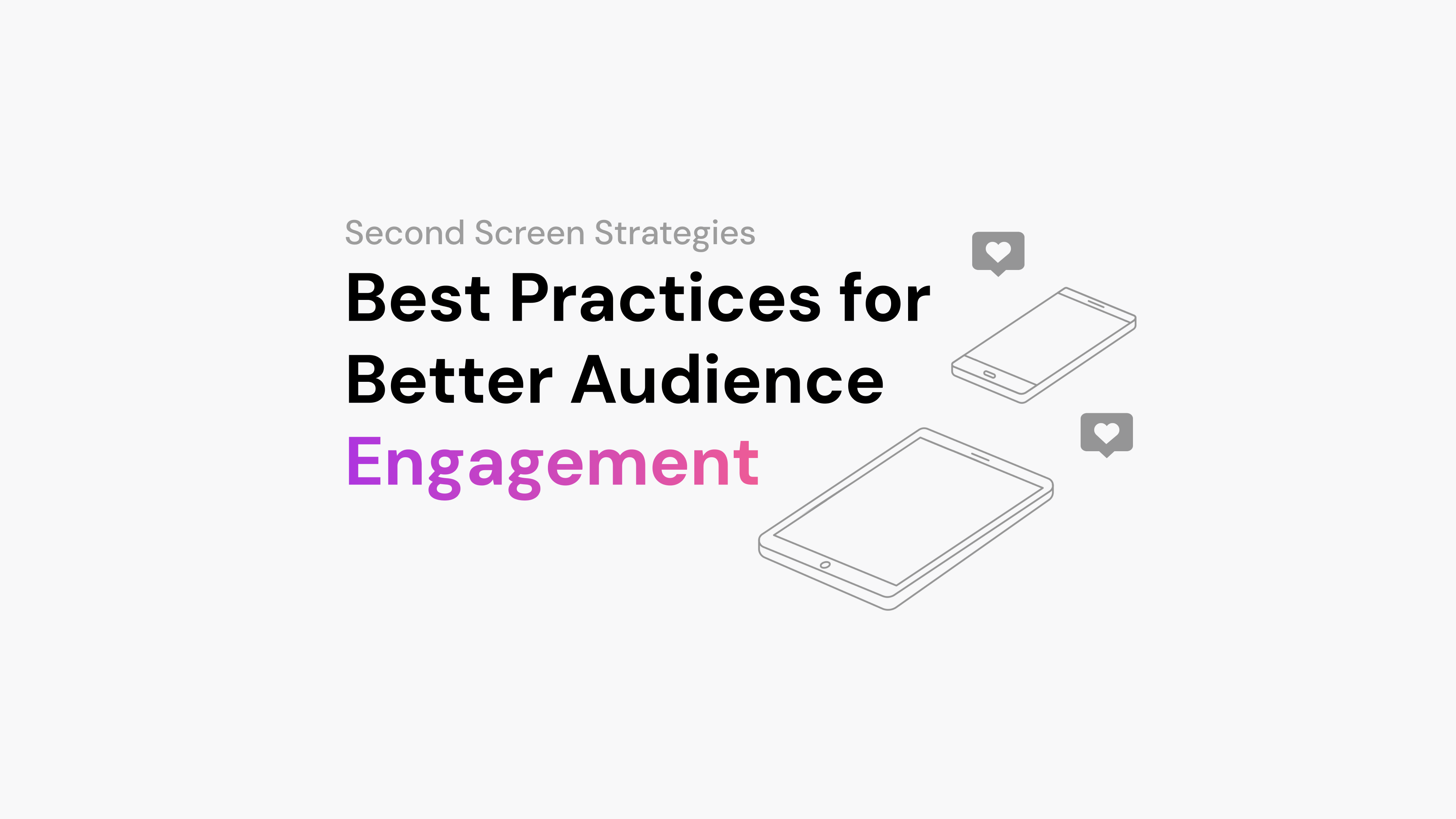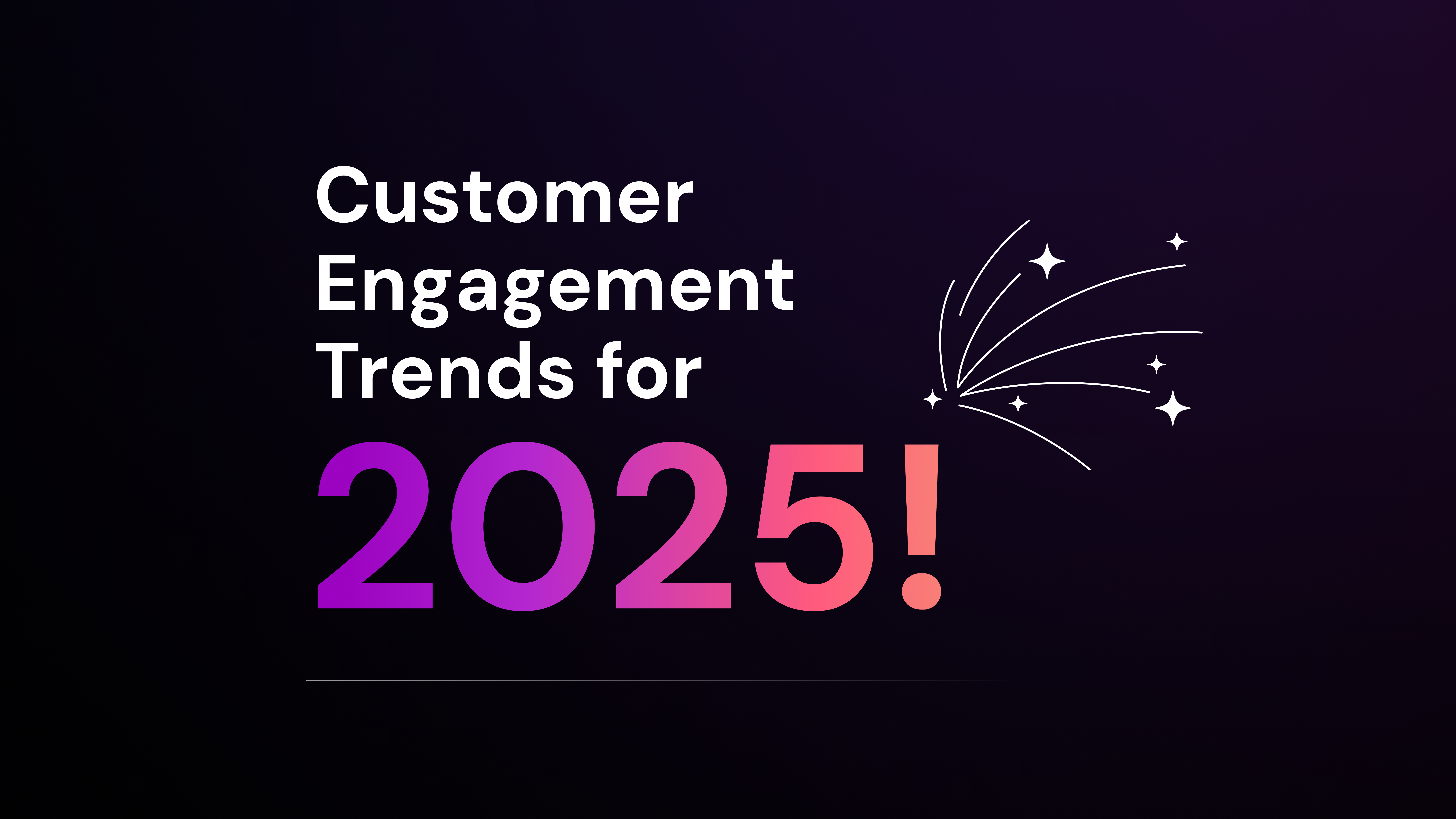You’re managing an online community and wondering how to integrate social media seamlessly. You’ve seen the benefits but aren’t sure where to start. Let’s break down what social media and community integration involve and how it can help community managers.
Social media community management is more than just posting updates. It’s about fostering a space where members can interact, share, and engage with your brand and each other. Here’s what you need to know.
What is Social Media Community Management?
Social media community management involves overseeing and facilitating interactions within your online community through social media platforms. It is key to building thriving online communities. This role requires monitoring conversations, responding to comments, and encouraging engagement to create a vibrant, active community. You act as the bridge between your brand and its audience, ensuring that communication flows smoothly and that members feel heard and valued.
By managing these interactions, you can build stronger relationships with your community members. This involves not only addressing their questions and concerns but also sparking discussions that keep them engaged and invested in the community. Effective social media community management helps you maintain a positive environment where members feel connected and appreciated.
Benefits of Integrating Social Media into Community Platforms
Integrating social media into your community platform can feel overwhelming, but the rewards are substantial. It opens new doors for engagement, insights, and loyalty that you can’t afford to miss.
Increased Engagement
Integrating social media into your community platform boosts engagement by making it easier for members to interact. When users can share content, comment, and like posts directly within the community, they are more likely to participate. Real-time audience engagement is a seamless interaction that keeps the community lively and active. Social media features such as live updates and real-time notifications also keep members informed and engaged, ensuring they stay connected to the community.
Improved Customer Insights
Social media integration provides valuable customer insights. By analyzing interactions, comments, and shares, you gain a better understanding of what your audience cares about. This data helps you tailor your content and engagement strategies to meet their needs. You can identify trends, preferences, and pain points, allowing you to make informed decisions that enhance the user experience. Social media strategies for growth can help with these insights. These insights also help in personalizing communication, making members feel valued and understood.
Enhanced Brand Loyalty
When members see your brand actively engaging and responding on social media, it builds trust and loyalty. Building a digital audience is transforming the social media landscape. Consistent interaction shows that you care about your community and are invested in their experience. This connection fosters a sense of belonging, making members more likely to stay loyal to your brand. Social media also provides a platform for showcasing user-generated content, which can further strengthen brand loyalty by highlighting real experiences and testimonials from satisfied members.
Streamlined Communication
Integrating social media streamlines communication by centralizing interactions. Members no longer need to switch between platforms to stay updated or engage with your brand. This integration simplifies the user experience, making it more convenient for members to participate in discussions and access information. With this virtual community engagement, streamlined communication also ensures that messages are consistent across all channels, reducing confusion and enhancing the overall coherence of your community’s messaging.
How Does Social Media Integration Work?
The mechanics of social media integration might seem complex, but understanding the key components can make the process much more approachable.
API Connections
API connections serve as the backbone of social media integration. APIs (Application Programming Interfaces) allow different software systems to communicate with each other. When integrating social media into your community platform, APIs enable seamless data exchange. For instance, an API connection can pull social media posts, comments, and likes directly into your community platform. This real-time data flow ensures that your community stays updated with the latest social media interactions. APIs also facilitate the sharing of community-generated content back to social media platforms, creating a two-way communication channel that keeps both your community and social media followers engaged.
Content Synchronization
Content synchronization ensures that the information shared across your community platform and social media remains consistent. This process involves automatically updating posts, comments, and other interactions on both platforms. When a user posts a comment on your community platform, it appears on the linked social media account, and vice versa. This synchronization eliminates the need for manual updates, saving time and reducing the risk of errors. It also ensures that your audience receives the same message, regardless of where they interact with your brand. Consistent content helps maintain a unified brand presence and keeps your community members informed and engaged.
User Authentication
User authentication is a key component of social media integration. It allows users to log in to your community platform using their social media credentials. This single sign-on (SSO) process simplifies the login experience, making it easier for users to join and participate in your community. When users authenticate through social media, their profiles can be enriched with data from their social accounts, providing more context for personalized interactions. User authentication also enhances security by leveraging the robust authentication mechanisms of social media platforms. This integration ensures that user data is protected while providing a seamless and convenient login experience for your community members.

Key Strategies for Seamless Social Media Integration for Community Managers
You might be wondering how to make this integration as smooth as possible. Here are some strategies to ensure you’re on the right path.
Choose the Right Platforms
Selecting the appropriate social media platforms is the first step in seamless integration. Not all platforms serve the same purpose or audience. Identify where your community members are most active. For instance, LinkedIn might be ideal for professional communities, while Instagram and TikTok cater to younger, visually-driven audiences. Facebook remains versatile for a broad demographic. Research platform demographics and user behavior to make informed decisions. This ensures that your efforts are focused where they will have the most impact, maximizing engagement and participation.
Develop a Consistent Brand Voice
A consistent brand voice across all platforms builds trust and recognition. Your community should feel the same whether they interact with you on Twitter, Facebook, or your own platform. Define your brand’s tone, whether it’s formal, casual, or somewhere in between. Use this tone consistently in posts, comments, and interactions. Consistency helps in creating a unified experience, making your community feel cohesive and reliable. It also aids in reinforcing your brand identity, making it easier for members to connect with your values and mission. Learn how to build a community flywheel for growth to help develop a consistent brand voice.
Encourage User-Generated Content
User-generated content (UGC) is a powerful tool for engagement. Encourage your community members to create and share their own content related to your brand. This could be in the form of reviews, testimonials, photos, or videos. Create campaigns or challenges that incentivize UGC. Highlight and share this content on your platforms to show appreciation and build a sense of community. UGC not only boosts engagement but also provides authentic content that can attract new members. It fosters a sense of ownership and belonging among community members, making them more invested in the community.
Monitor and Respond to Feedback
Active monitoring and response to feedback are vital for maintaining a healthy community. Use social media listening tools to track mentions, comments, and messages about your brand. Respond promptly to both positive and negative feedback. Addressing concerns and acknowledging praise shows that you value your community’s input. It also helps in resolving issues quickly, preventing them from escalating. Regular interaction with your community builds trust and loyalty, as members feel heard and appreciated. This ongoing dialogue can provide valuable insights into community needs and preferences.
Leverage Automation Tools
Automation tools can streamline social media integration, making it more efficient. Use tools to schedule posts, manage interactions, and analyze performance. Automation ensures that your content is consistently posted at optimal times, even when you’re not online. It also helps in managing large volumes of interactions, ensuring that no comment or message goes unnoticed. Analytics tools can provide data on engagement, reach, and other metrics, helping you refine your strategies. Automation frees up time for more strategic tasks, allowing you to focus on building and nurturing your community.
Best Practices for Community Managers
Managing an integrated community isn’t just about setting it up; it’s about keeping it thriving. Here are some best practices to help you do just that.
Set Clear Community Guidelines
Establishing clear community guidelines sets the tone for interactions within your platform. These guidelines should outline acceptable behavior, prohibited actions, and the consequences of violations. Make them easily accessible to all members, perhaps in a pinned post or a dedicated section on your site. Clear guidelines help maintain a respectful and productive environment, reducing the likelihood of conflicts and misunderstandings. Regularly review and update these guidelines to address new issues or changes in community dynamics.
Foster Meaningful Conversations
Encouraging meaningful conversations keeps your community engaged and active. Start by posting thought-provoking questions, sharing relevant articles, or hosting live discussions on trending topics. Facilitate discussions by responding to comments and asking follow-up questions. Highlight member contributions that add value to the conversation. This not only keeps the dialogue going but also shows that you value member input. Create themed discussion days or weekly topics to give members something to look forward to and participate in regularly.
Recognize and Reward Active Members
Recognizing and rewarding active members fosters a sense of belonging and motivates continued participation. Implement a system to highlight top contributors, such as badges, shout-outs, or a leaderboard. Offer tangible rewards like discounts, exclusive content, or early access to new features. Public recognition in newsletters or social media can also boost morale. Regularly update the community on who’s being recognized to keep everyone motivated. This recognition not only rewards individual members but also sets a positive example for others to follow.
Regularly Analyze Metrics
Analyzing metrics helps you understand how well your community is performing and where improvements are needed. Track key performance indicators such as active users, post engagement, and response times. Use analytics tools to gather data on these metrics and generate reports. Regular analysis allows you to identify trends, measure the impact of new initiatives, and make data-driven decisions. Share insights with your team to align on strategies and goals. Adjust your approach based on what the data reveals to improve the community experience continuously. Stay updated with the latest customer engagement trends.
How Community Managers can Measure the Success of Integrated Communities
Measuring the success of your integrated community helps you understand its impact and areas for improvement. Discover more about
Engagement Rates
Engagement rates provide a clear picture of how active and involved your community members are. One way to engage is to track audience engagement through metrics such as likes, comments, shares, and participation in discussions. High engagement rates indicate that your content resonates with the audience and that members find value in interacting with your platform. Monitor these rates regularly to identify trends and adjust your strategies accordingly. Engagement rates also help in understanding which types of content drive the most interaction, allowing you to focus on what works best for your community. Learn how to
Sentiment Analysis
Sentiment analysis helps gauge the overall mood and opinions within your community. Use tools to analyze comments, posts, and feedback to determine whether the sentiment is positive, negative, or neutral. This analysis provides insights into how members feel about your brand, products, or services. Positive sentiment indicates satisfaction and loyalty, while negative sentiment highlights areas that may need improvement. Regular sentiment analysis helps you stay attuned to your community’s needs and address any issues promptly, maintaining a positive environment.
Conversion Rates
Conversion rates measure how effectively your community interactions lead to desired actions, such as sign-ups, purchases, or event registrations. Track the number of community members who take these actions after engaging with your content. High conversion rates indicate that your community platform effectively drives members toward your goals. Analyze which types of content or interactions lead to the highest conversions and replicate those strategies. Understanding conversion rates helps you optimize your community platform to achieve better results and demonstrate its value to stakeholders.
Is Integrating Social Media into Community Platforms Worth It?
Integrating social media into community platforms offers several benefits and challenges. Weighing these factors helps determine if this integration aligns with your goals.
Weighing the Benefits and Challenges
Benefits:
- Enhanced Engagement: Social media integration boosts engagement by making it easier for members to interact. Features like real-time notifications and live updates keep the community active and informed.
- Improved Insights: Access to social media data provides valuable insights into member behavior and preferences. This information helps tailor content and engagement strategies.
- Streamlined Communication: Integration simplifies communication by centralizing interactions. Members can engage with your brand and each other without switching platforms.
- Increased Reach: Social media extends your community’s reach, attracting new members who might not have found your platform otherwise.
Challenges:
- Technical Complexity: Setting up and maintaining API connections and content synchronization requires technical expertise.
- Data Privacy: Ensuring user data privacy and compliance with regulations like GDPR can be complex.
- Resource Allocation: Managing integrated platforms demands time and resources, which might strain smaller teams.
- Consistency: Maintaining a consistent brand voice across multiple platforms can be challenging.
Long-Term Value for Brands and Communities
Integrating social media into community platforms provides long-term value for both brands and communities.
For Brands:
- Stronger Relationships: Consistent interaction builds trust and loyalty, fostering stronger relationships with community members.
- Brand Visibility: Increased reach and engagement enhance brand visibility, attracting new members and potential customers.
- Data-Driven Decisions: Insights from social media interactions inform data-driven decisions, improving content and engagement strategies.
For Communities:
- Active Participation: Seamless integration encourages active participation, keeping the community vibrant and engaged.
- Enhanced Experience: Streamlined communication and real-time updates enhance the user experience, making the community more appealing.
- Sense of Belonging: Recognizing and rewarding active members fosters a sense of belonging, encouraging long-term commitment.
Despite the challenges, integrating social media into community platforms offers significant benefits. The long-term value for both brands and communities makes it a worthwhile consideration.
Take the Next Step with Arena
Integrating social media into your community platform can seem daunting, but with Arena, it becomes seamless and efficient. Our suite of tools, including live chat, live blogging, and content walls, ensures that your community stays engaged and informed in real-time. By leveraging AI-powered features, you can enhance user interactions, gather valuable insights, and foster a vibrant community.
Ready to transform your community management strategy? Arena offers the solutions you need to bring your audience from social media back to your own platform, driving engagement and growth. Sign up now to explore our pricing plans and discover how Arena can help you seamlessly integrate social media into your community platform.



